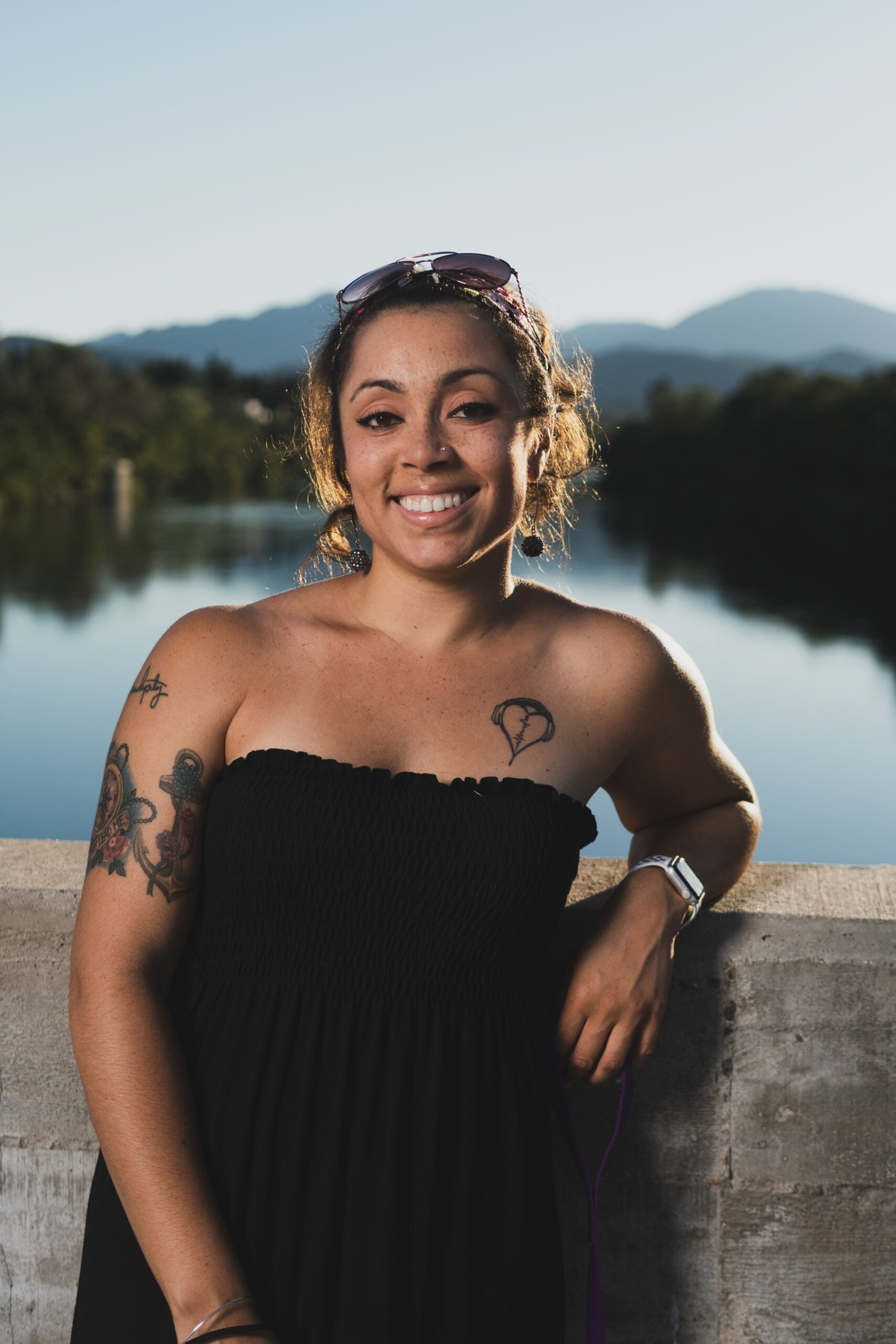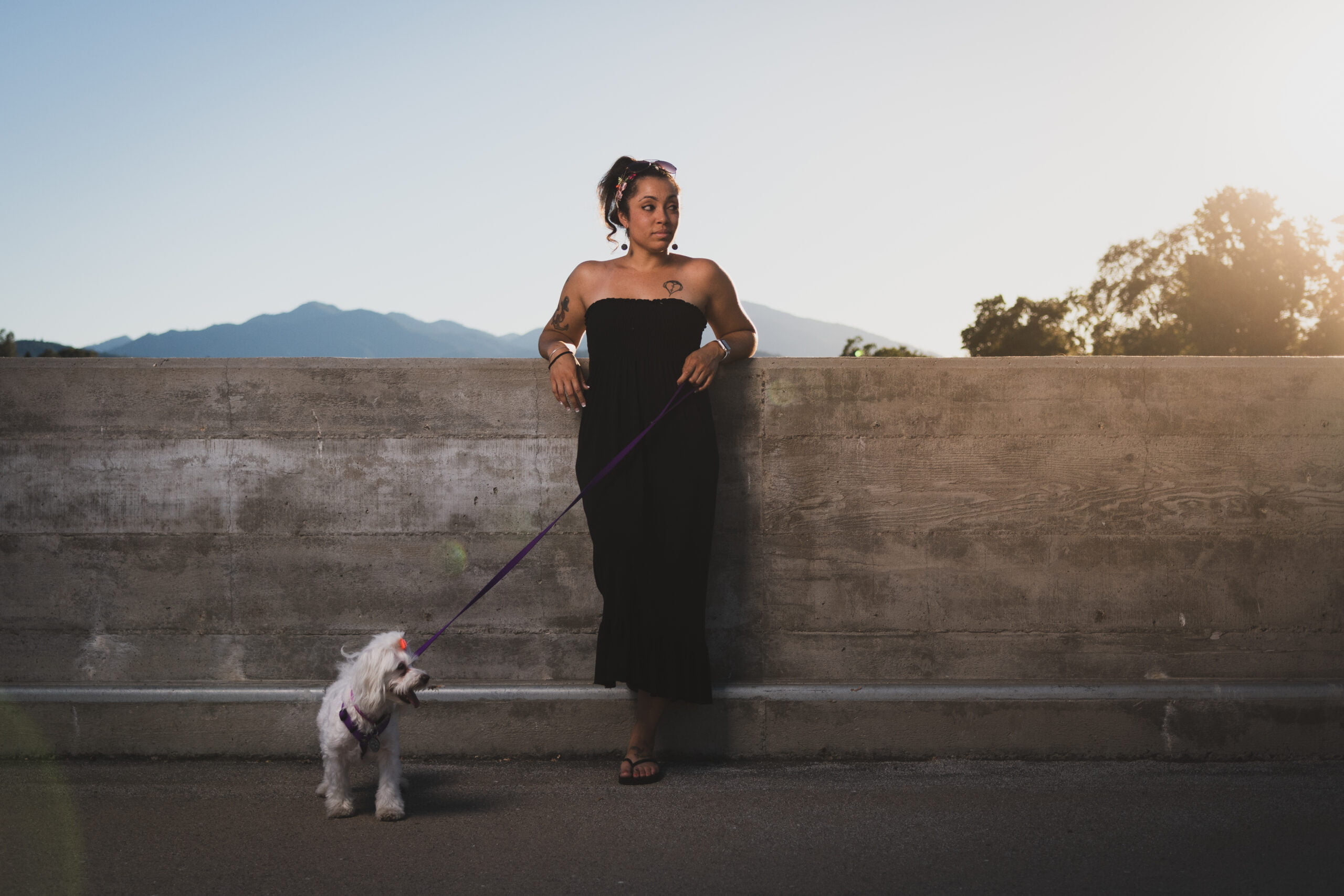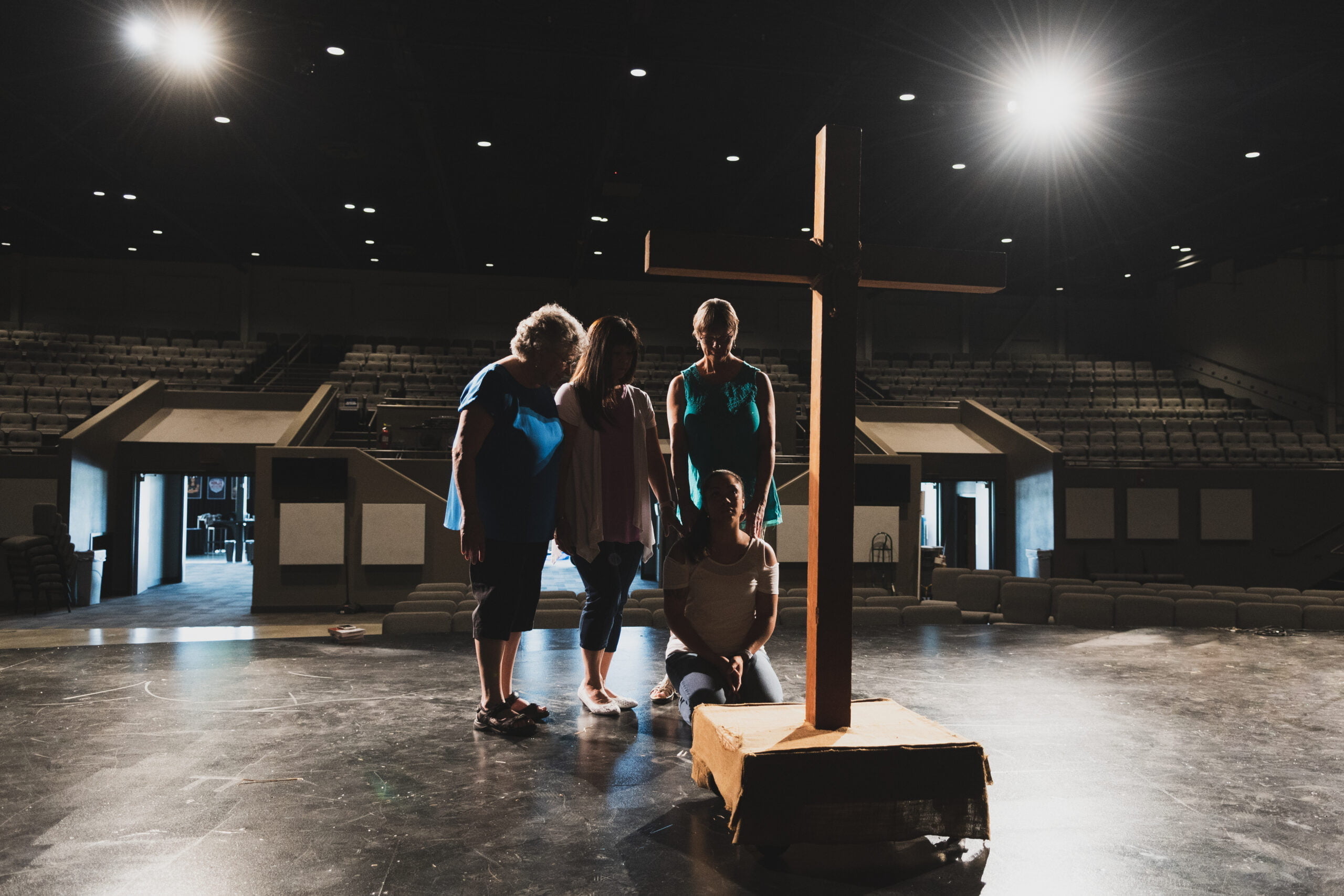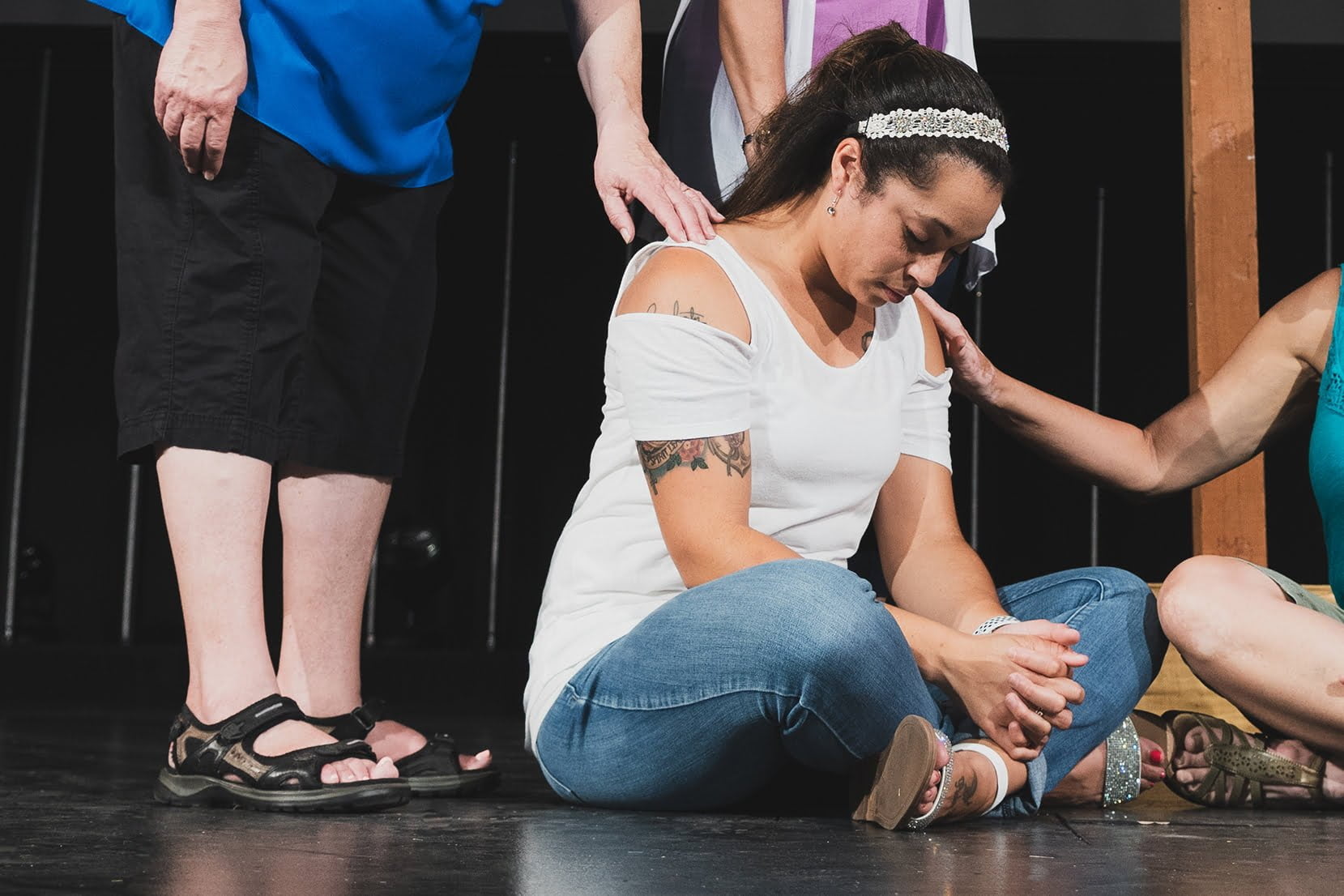

My name is Cherish Padro. I’ve lived in Shasta County for 14 years. I’m originally from New York City. I thought I’d eventually move back to New York, but I like California. The saying holds, “You can take the girl out of the city but, you can’t take the city out of the girl.”

I love dancing. It’s liberating and something I’ve loved since I was a little girl. I love traveling and exploring new places. I enjoy volunteering in my community. I think I have a servant’s heart. My world is a better place because of Jesus, my family, trusted friends, music, and coffee.
I work at Hill Country Community Clinic as a Behavioral Health Consultant. I love my job because I am able to serve my community. Each day I am blessed to walk alongside individuals in their journey toward mental health.
I am one of the millions of people that struggle and live with mental illness. At 15, I was diagnosed with bipolar depression. Since then, I’ve been diagnosed with anxiety and PTSD. It’s been a challenging but rewarding journey. I’ve learned with help how to take care of myself and make choices that are best for me.

I grew up being told I was too emotional. I was taught not to express my emotions because crying was a sign of weakness. I had to pretend to be strong. That didn’t help. It made things worse. I’m a feeler and cry when I’m happy, sad, or angry. For a long time, I tried to ignore those emotions. I didn’t communicate the internal pain happening in my life at that time. Eventually, I broke. In high school, my emotions were like a roller coaster. I’d be on cloud nine one day, and then want to die the next day.
When I hit my absolute low, it involved a plan of how I wanted to end my life. I thought my death could be my voice. I hoped my death would communicate how hard it was to live a life without sharing my struggles, pain, and emotions. Deep down inside I really didn’t want to die. I wanted to be free from turmoil, I just didn’t know-how. I prayed to God and asked for a way out. This one woman from my church came to mind. She worked at a community center I volunteered at. One day I gained the courage to share my pain. I showed up at her office and let it all out. I knew she was a mandated reporter, and she would need to report my plan of suicide. She wasn’t judgmental. It was a safe place. She was a guardian angel.

Once my parents realized how serious this was, I got the support I desperately needed. This began my journey of fighting the stigma associated with mental health, seeing a psychiatrist, going to therapy, and finding a journey towards healing. When I first started seeing a psychiatrist, I was nervous. There were days I wouldn’t talk at all. We would literally sit in silence. There were also days I would talk about everything, and she would listen. I was blessed with an advocate. She never told me how to feel or told me my feelings were wrong. It was my second experience with a safe and non-judgmental place.


My faith in God is the foundation of my recovery. It has kept me grounded. I can’t thank God enough! Many people in my church have helped me through my recovery process, but, unfortunately, because of doctrine, some haven’t been supportive. I’ve been told, “Don’t speak that diagnosis over your life. Don’t say you have a mental illness. God can heal you. You need to pray more. You don’t have to take medication.” As painful as those words have been, I choose to believe their hearts were in the right place.
Here’s the reality, sometimes depression, anxiety, or PTSD don’t just go away. Some people won’t understand, and that’s ok. I know God still heals, and my journey of healing looks different. God is still my healer!
Share Cherish Padro’s Story

© Copyright 2021 – Stand Against Stigma – All rights reserved. | Websites By: prime42